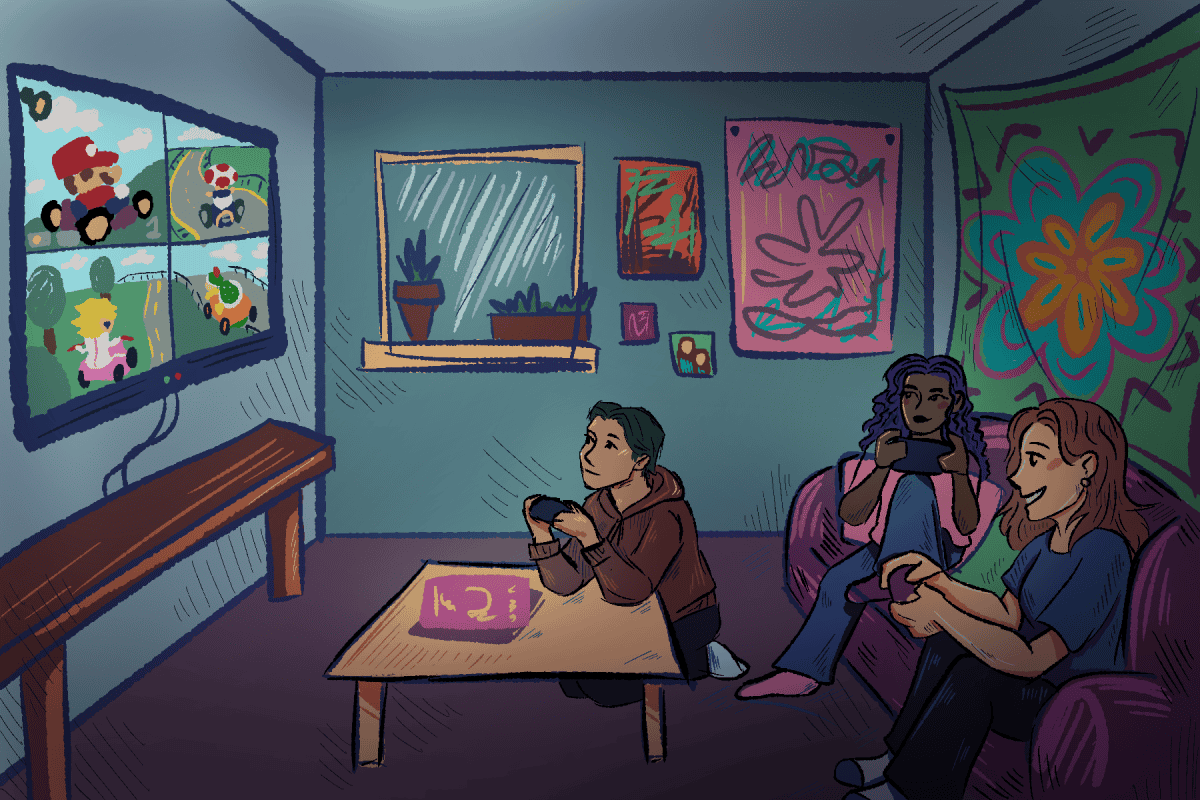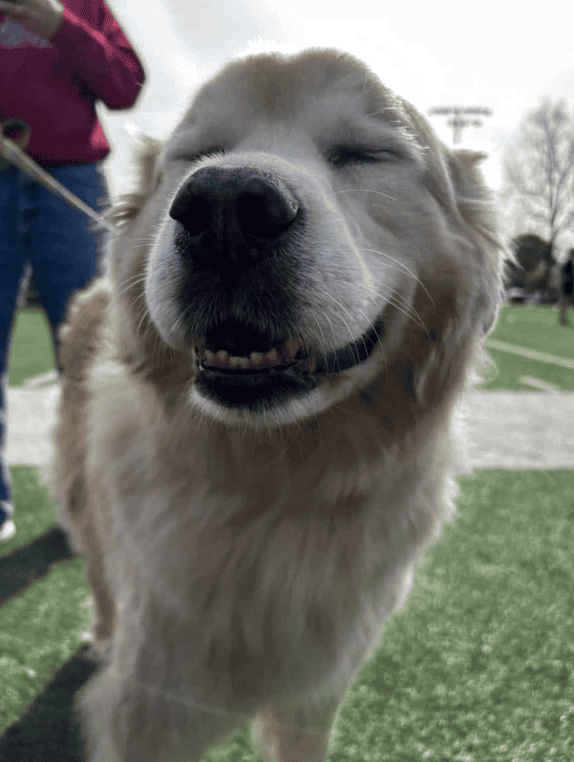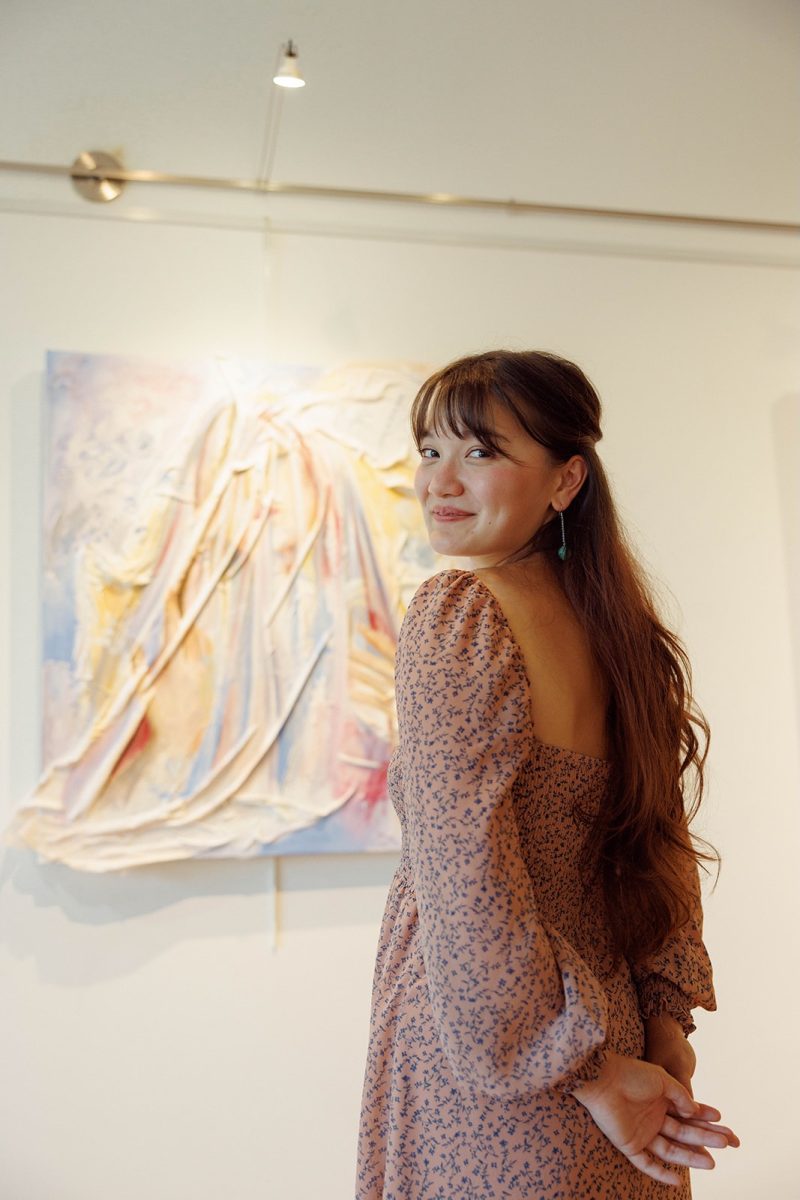While most students are sleeping, or maybe even pulling all-nighters, there are a select few who choose to start their mornings at 5:45 a.m. Each week you can find the men of the wheelchair basketball team breaking a sweat at the UA Rec Center before the sun has hit Denny Chimes.
Jared Arambula, a senior majoring in elementary education, is in his fifth year playing with the team, and this is his seventeenth straight season playing.
“We went from worst to first,” Arambula said.
Moreover, the equipment that Arambula and his teammates use on a daily basis is the same equipment other students and athletes use at the Rec Center, only modified.
Jereme Wilroy, a graduate student studying exercise science, helps train the men’s wheelchair basketball team.
“I basically just create their workout for them because I’ve been working with them for five years,” Wilroy said. “It’s your basic workouts that everybody would do; the only difference is adapting them. For example, with a pushup all you have to do is pull the bench up to put your knees up there then do pushups.”
Although wheelchair basketball remains one of the most popular adaptive sports, the University has others sports including adaptive tennis, adaptive golf and adaptive rowing.
The adaptive golf program, while fairly new, has started practicing three times a week.
“We’ve got three interested right now. We are just getting started, and we’re trying to raise some money so we can go to a golf tournament,” Ford Burttram, coach of the adaptive golf team, said.
“During training we just use regular clubs; we have an outdoor chair that’s a specialty chair,” Burttram said. “It’s got big tires on the back, tires on the front, and a brake system that drives a stake into the ground.”
For Mackenzie Soldan, a junior majoring in advertising, playing one sport is not enough. Soldan plays both adaptive tennis and basketball and brought home two gold medals from the Parapan American games in Guadalajara, Mexico, in November 2011.
“My training regimen usually involves some weightlifting two or three times a week, working on different muscle groups and ending with core,” Soldan said.
She competed in the London 2012 Paralympic games, and she is currently preparing for the Rio De Janero 2016 Paralympics games.
“After struggling through all my matches, I finally won, which also gave me direct entry into the Paralympics,” Soldan said. “I think that moment really changed my perception of what I was capable of. I always have wanted to succeed in my sports, like anyone else, and winning those golds gave me a taste of that awesome experience, and from then on I have been striving to get another chance at that feeling.”
Soldan said London was a huge learning experience for her, and she was able to experience a bigger and more dynamic atmosphere than she was used to.
Now, all that’s left is to decide whether she will turn her focus on playing basketball or tennis and put all her effort into one or the other for the preparation for the next Paralympics.
The common thread for these athletes is not the wheelchair, but rather what they know it takes to be a great athlete.
“What I really believe defines a good athlete is their perseverance and fight,” Soldan said. “I think that is what separates the good from the best. The person who will push themselves to their very limit and then see if they can go even further is going to be a champion.”
Leading in today’s Crimson White:
Engineering students prepare for robotics competition






